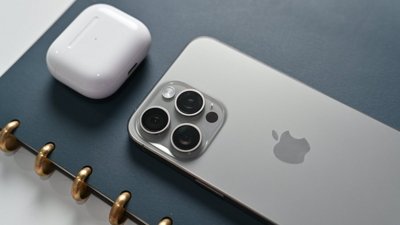Editorial: The mysterious curse of iPhone 6, lifted with... the headphone jack
In 2014, Apple unveiled a pair of larger iPhone 6 models that kicked off a "supercycle" of upgrades and permanently blunted the high-end Galaxy sales of its top rival in premium smartphones, Samsung. However, it appears that iPhone 6 and 6S suffered statically high hardware failure rates in diagnostic testing, a problem that has since subsided in more recent models. What caused this mysterious problem, and how did Apple improve things?
Was it the 1.0 model syndrome?
There's a legend among Apple punditry that gravely warns against ever buying the first model year of a new Apple product. This logic is grounded in the obvious reality that brand new products (like the original iPad in 2010) are often working out initial design issues and will almost certainly be dramatically improved in the next model or two, both in improved hardware and in software updates.
That logic wasn't applied to iPhone 6 however. It was a brand new design on many levels, from its entirely new case construction to quite radical changes in software to support iOS apps running at multiple, new resolutions. The "supercycle" of buyers who boosted iPhone 6 sales far above previous seasonal iPhone records didn't express concerns about the models being essentially a new product category. They also reported satisfaction rates after the sale that were spectacularly high.
Over the next couple years after its release, however, trends in diagnostic data reported by Blancco Technology Group have highlighted that device failures among Android phones appeared to be improving while iPhones were not.
Was Apple suffering from a meltdown in quality control and software stability in its new generation of larger iPhones? Looking at just a single quarter of statistics, it might appear so. However, when comparing years' worth of data, a new and more complex, nuanced picture emerges.
Apple a victim of its success
Apple wasn't the only company showing up near the top of the firm's diagnostic failures. Samsung was also experiencing high failure rates, generally much higher than Apple's. Part of this was related to how the diagnostic firm reported failures. Blancco's definition of failure was a device failing one of its tests in a way that couldn't be resolved.
The data it reported varies considerably in different markets and over time. Why were iPhones failing more in North America and Asia, and then later in Europe? It turns out that popularity plays an important role. The more phones a company sells, the more opportunity there will be for a user to experience a problem with one of them.
Early adopters of iPhone 6 in North America and Asia experienced the first wave of issues, while users in Europe caught a second, later wave that appears to be related to the fact that customers there tend to hold on to their devices longer.
That also explains why Samsung and Apple were near the top even as low budget, poor quality phones from vendors such as LeEco, Lenovo and other Chinese brands were turning up less often. Those vendors were making lots of phones in China, but were not represented in other markets, and so were not triggering as many statistical failures, even though they were still failing frequently in the markets where they were being sold.
iPhone 6 massively expanded Apple's sales and, subsequently, its installed base of users. The company's subsequent generations of new models didn't as dramatically exceed the high bar set by iPhone 6 in new "supercycles," but also didn't ever fall back down to iPhone 5s levels.
Despite this huge new pipeline of iPhone volume that has continued since the debut of iPhone 6, Apple's device failure rate has since begun to improve significantly. What changed to counteract Apple's new peak in volume? A better design.
Apple giveth, Apple taketh away
The most obvious example of qualitative improvements that springs to mind might be the hardened structure Apple introduced with iPhone 6s after the contrived BendGate media narrative. However, Blancco's data doesn't suggest that case bending was ever an actual issue to statistically emerge among its users.
Many of the diagnostic failures that were actually reported are instead tied to things such as temperature, WiFi reception, mobile data and Bluetooth. Those are all features that have generally improved over time as Apple has focused on making its custom A-series chips not just faster, but more efficient, and as it sources the best possible wireless chips (and as wireless standards and their implementation by carriers and peripheral devices improve).
However, there's a big surprise hiding in the diagnostic data. A very common source of failure— appearing more frequently than battery charging or headset issues— was something that Apple removed in iPhone 7: the headphone jack (above).
Blancco noted that "one problem that many iOS users have reported in user forums and media reports is being unable to hear music, video or phone calls through their headphones connected to their iPhones." It then described that the problem was also apparent in its diagnostic data, reporting that "headphones were a common performance issue for iPhone users worldwide (5 percent) and an even bigger issue for users in Asia (14 percent)."
This issue didn't surface as obviously among Android phones, in part because they were commonly suffering more obvious and mundane problems with lagging performance and battery charging. Most Android phones are underpowered, low-end models, so they also were less likely to report a temperature issue (note that the percentages here are relative to all issues reported and not directly comparable).
The surprising end of the jack in the box
Apple has a wealth of data on iPhone users, and was no doubt aware that the headphone jack was causing people lots of issues. The port can physically wear out, particularly because of the strain caused by an inserted jack hung up on wires that yank it in various directions. It can fill up with fluff and dirt and serves as a common place for water intrusion to damage the port itself or to cause further damage inside the device.
There are also other negatives related to the analog headphone jack: it's large, taking up valuable space internally, and it requires a thicker case that can structurally accommodate a 3.5 mm hole that must be rugged enough handle the stresses of an inserted jack attached to cord frequently yanked in various directions.
These issues also affect iPads and Macs, but on iPhone it was a bigger issue due to how often they are carried around, and its smaller size with greater constraints on being thin, equipped with a large enough battery and other mobility concerns.
Apple had been working on ways to ditch the problematic headphone jack for some time. Bluetooth and AirPlay both offered ways to get around building a 1970's analog mini headphone jack into its 2016 flagship, and the Lightning port had been designed to support both analog pass through as well as superior digital delivery of audio data, allowing it to assume the role of the headphone jack while doing an even better job.
Additionally, Apple's development of personal wireless audio using optimized, multichannel-synchronized Bluetooth AirPods, and the future potential of AirPlay to drive similarly immersive, cord-free audio playback on HomePod enabled Apple to sign off on a huge undertaking-away of a feature commonly thought to be a necessity.
In the interim, Apple could continue to deliver analog audio signals over pins of the existing Lighting port, which unlike the ancient minijack was designed specifically to accommodate water resistance.
Apple endures scathing, ignorant rage
Another thing Apple would need to literally pull off the minijack: the "courage" to defend its decision and engineering work against the fiery rage and sobbing tirades of bloggers with no engineering background and no real knowledge of product management or device support, but bearing a sufficient platform with the potential to demonize progress and technical advancement.
Removing the headphone jack would be "user-hostile and stupid" screamed the Verge headline of an angry piece by @reckless Nilay Patel. He imagined that Lightning audio would result in "restricting audio output to a purely digital connection," while at the same time complaining about a "$29 dongle that converts digital audio to a standard headphone jack!"
Apple, of course, bundled a Lightning to audio port in the box. Obviously it wouldn't work if Lightning were "a purely digital connection." But this was the sort of loud but not really intelligent criticism that Apple faced in making a change to its hardware that had the potential to enable thinner, stronger, water resistant and more capable mobile devices with lower hardware failure rates.
The real concern behind the rambling was obviously that Apple's shift to Lightning might conceivably be detrimental to Android. Ironically, this logic wasn't even addressed in words outside of the all caps subheading "MAKING ANDROID AND IPHONE HEADPHONES INCOMPATIBLE IS SO INCREDIBLY ARROGANT AND STUPID THERE'S NOT EVEN EXPLANATORY TEXT UNDER THIS ONE."
Android and iPhone charging are already "incompatible" in that Apple standardized on Lightning five years ago while Androids have used one of several different variants of USB over the same period of time: first mini then micro-USB, then the nutty micro-USB 3.0 and most recently USB-C.
Android's fragmentation over the past several years isn't Apple's fault. Instead, Apple helped develop the USB-C standard and adopted it on its MacBooks and recent high capacity adapters supporting USB-PD, again in the face of frothy blogger rage demanding old USB ports from 1998.
iOS devices require a special Lighting to USB-C cable that is expensive, but that's no snub to Android. Instead, it's a handout of Apple's freely sharing the design improvements it pioneered with Lighting, including a reversible blade design with consideration for water resistance, to an open specification Android licensees can use.
Further, while premium, digitally driven Lightning-based headphones won't work on Android, it's a stretch to think that Android users are demanding high-end audio solutions to connect to their phones that ship at an Average Selling Price now less than $250. Further, Apple's real goal for the future of audio is wireless, not tied to an imagined draconian monopoly on Lightning cables.
If the staff of the Verge had any finger on the pulse of what people really wanted, the Google tablets that it has incessantly praised and recommended would have sold in commercially relevant volumes and Google wouldn't have given up on tablets after a string of failures.
Understanding a customer doesn't always require listening to them
Finally, the Verge screed complained that "nobody was asking for this," as if technical advancement was ever driven by the ignorant cacophony of democracy. That calls to mind Henry Ford's purported quote that, "If I had asked people what they wanted, they would have said faster horses."
Writing for the Harvard Business Review, Patrick Vlaskovits noted that despite that famous quote attributed its founder, Ford Motor Company itself began to fall behind General Motors in the 1920s after its rival began introducing further innovations that customers would need or want (whether or not they knew it), including installment financing, used vehicle trade-ins, enclosed car models and annual design changes.
He concluded, "an innovator should have understanding of one's customers and their problems via empirical, observational, anecdotal methods or even intuition. They should also feel free to ignore customers' inputs." "An innovator should have understanding of one's customers and their problems via empirical, observational, anecdotal methods or even intuition. They should also feel free to ignore customers' inputs"
"Ford's failure was one of not listening to his customers," he added, "but of his refusal to continuously test his vision against reality, which led to the Ford Motor Company's failure of continuous innovation, resulting in a catastrophic loss of market share from which it never recovered."
The reality that Apple tests against is not how much or how loud bloggers can scream in capital letters.
It's tied more closely to how much users can benefit in the future from a change that might seem disruptive in the present.
This courage of conviction previously enabled Apple to move away from floppy disks, optical drives, spinning disk storage and a long line of legacy ports that each resulted in dramatic fit thrown by people who didn't understand where things were going, and who were only fixated on continuing their status quo while refusing to accept solutions that involved any slight bit of inconvenience.
Fortunately for the rest of us, Apple keeps ignoring these troglodytes.
 Daniel Eran Dilger
Daniel Eran Dilger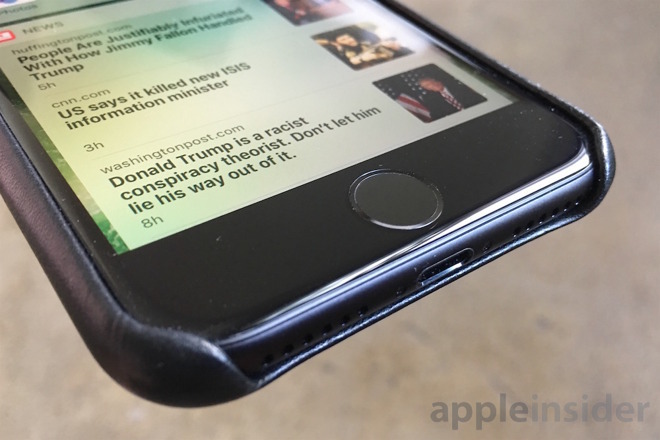

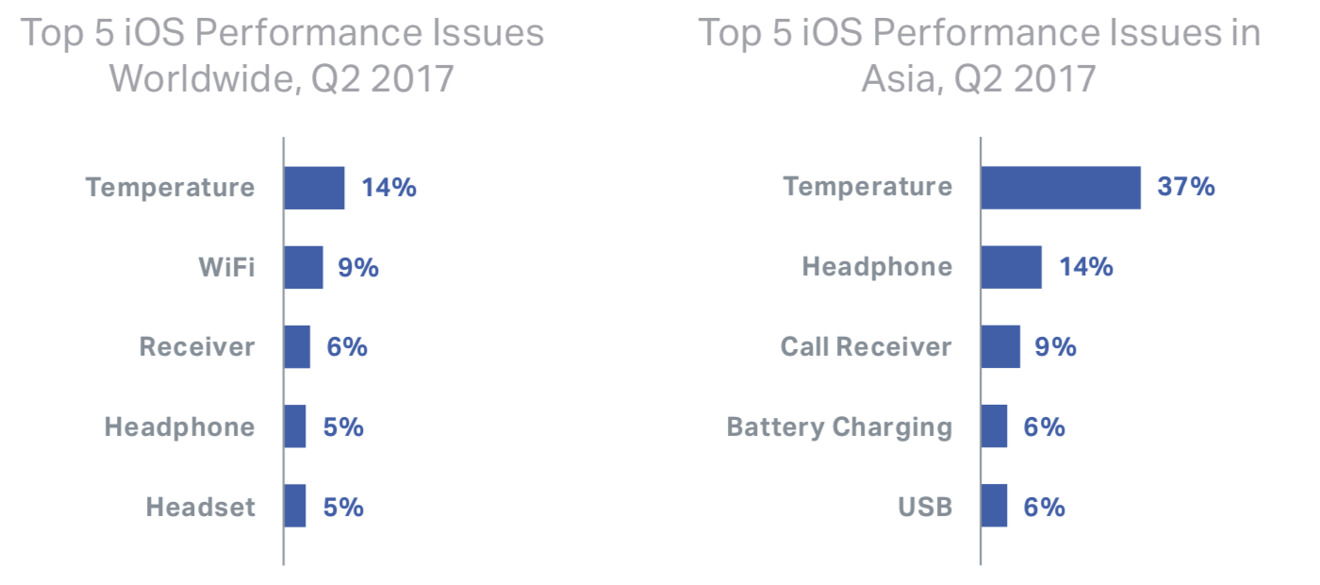
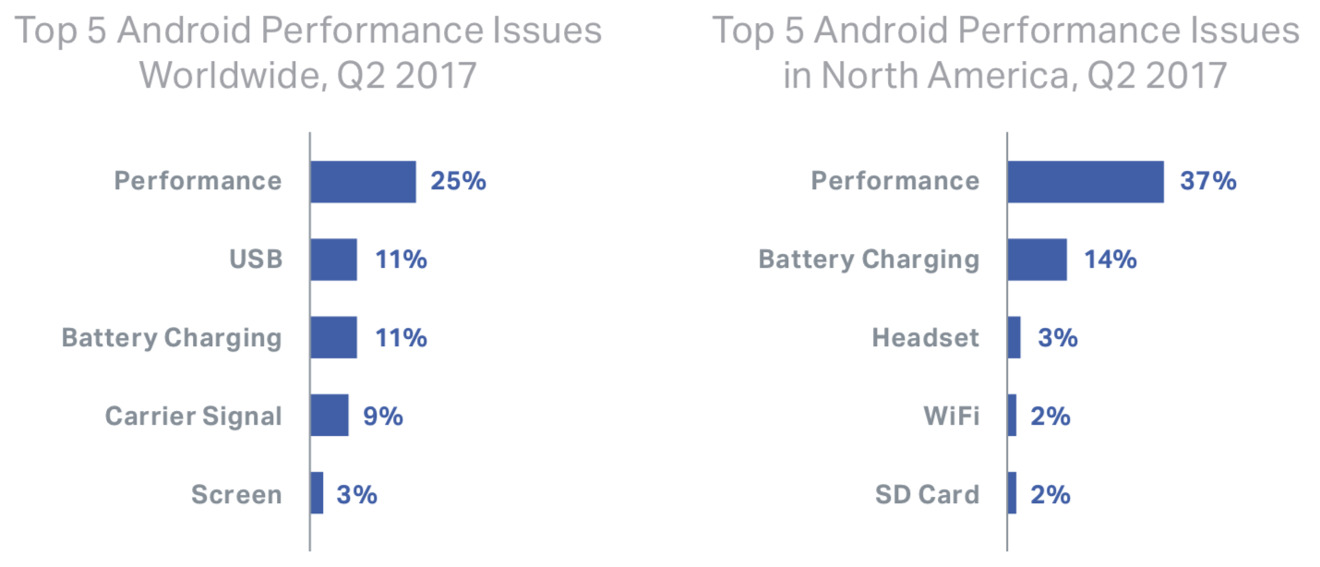
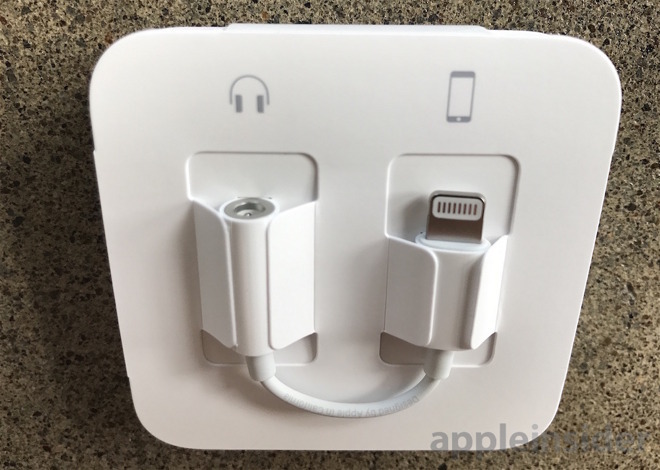


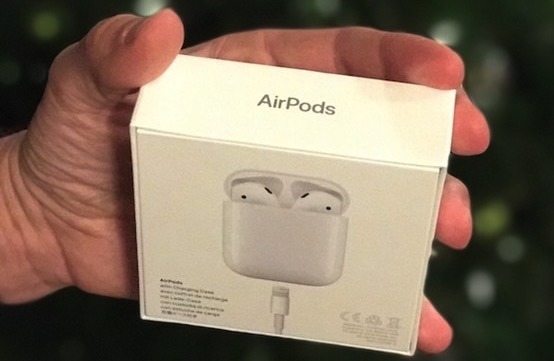




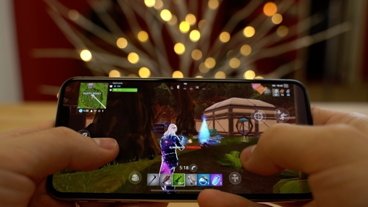






 Chip Loder
Chip Loder
 Andrew Orr
Andrew Orr
 Christine McKee
Christine McKee
 Marko Zivkovic
Marko Zivkovic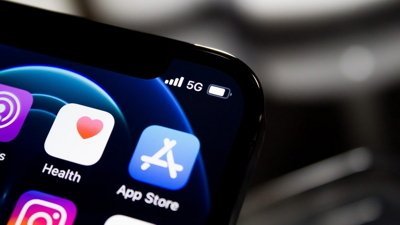

 Mike Wuerthele
Mike Wuerthele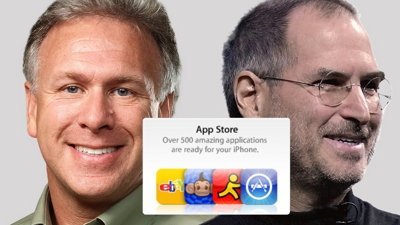
 William Gallagher
William Gallagher